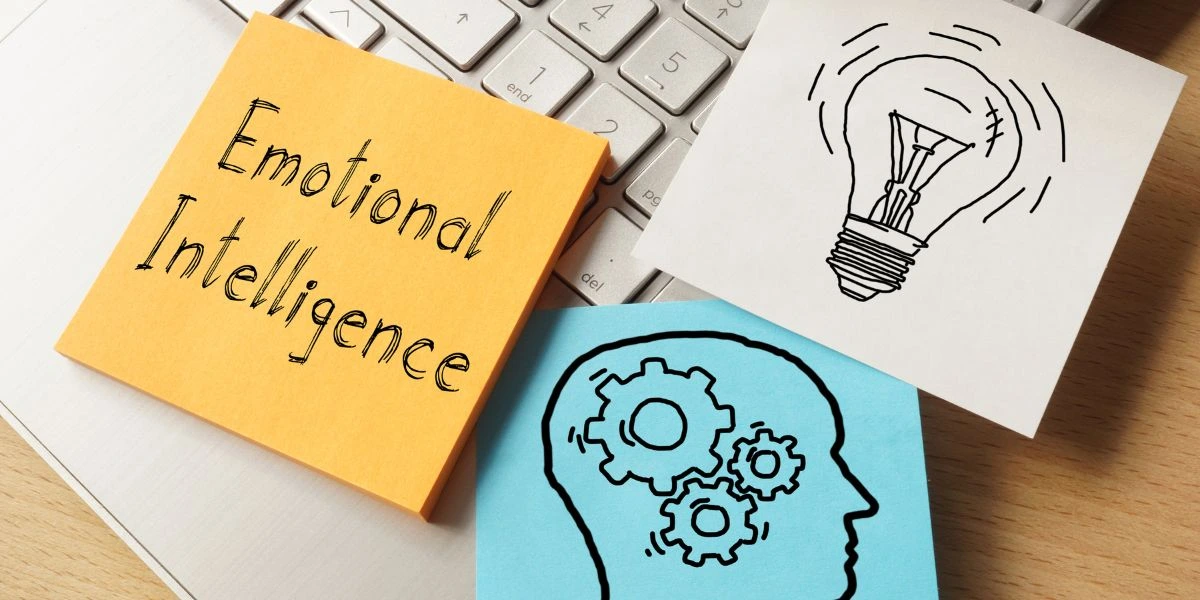In a digital era driven by data, AI is moving beyond predictions and into the realm of emotions—analyzing, responding to, and even influencing how we feel. But at what cost?
Imagine what would happen if AI started understanding not only your words but also your emotions. Welcome to “Emotion as a Service” (EaaS), in which technology not only answers your questions but also recognizes and responds to your emotions. This may sound futuristic, but today many companies are using it in customer service, mental health, and marketing.
Emotion-focused AI, i.e. AI that understands emotions, is the next wave of technology. But the question here is this: if machines can access and sometimes even control our emotions, are we ready for it? In this article, we will talk about this.

What Is “Emotion As A Service?
The concept of Emotion as a Service is through which AI algorithms understand human emotions with facial expressions, voice intonation, and the pattern of text. It is a new method under which companies are providing customized experiences to customers by suitable utilization of emotional insight. Be it customer service, healthcare, or education, it can sense and respond to emotions using AI systems supporting EaaS.
Just imagine that you have a chatbot that understands your words but could also get into your skin. If you appear slightly stressed, the chatbot will either give an empathetic response or forward your case to a human representative. It is based on advanced AI techniques like “sentiment analysis” and natural language processing (NLP).
How EaaS Works: Emotional AI ka Science
This concept is coming through in the artificial intelligence platform that uses machine learning models so that it identifies and interprets human emotions or reacts accordingly. These large datasets include facial expressions, vocal tones, and text inputs for training.
- Facial Recognition: AI can detect micro-expressions—small facial cues that reveal our emotions.
- Voice Analysis: AI can identify whether the user is happy, sad, or irritated by detecting tone, pitch, and volume.
- Text Sentiment Analysis: Through sentiment analysis, AI detects emotional cues in text.
For example, if you send a message that is a little sad, then AI can detect it and give an empathetic response. So the AI can respond to what you want through massage.
According to research, a $53 billion emotional AI market is expected to grow by as much as 2025 as companies increasingly use EaaS to enhance consumer engagement and personalize services.
Emotional outsourcing isn’t just possible—AI’s making it scalable, profitable, and thereby the logical next step. What could capitalism be cooking up? – https://t.co/J2xV34j6E1 #ai #business
— HackerNoon | Learn Any Technology (@hackernoon) October 24, 2024
Real-World Applications of EaaS
EAS is currently being used in many industries and has a huge impact.
Healthcare
Emotional AI can monitor mental health. For example, by analyzing someone’s voice patterns, AI can detect whether he is stressed or not. It is also helpful for doctors in providing mental health support, as AI can create a continuous track record of a patient’s emotional state.
Customer Service
You must have seen how chatbots have become very advanced these days. These chatbots can now detect your tone of voice and give personalized and empathetic responses, which greatly improves customer satisfaction.
Education
Adaptive learning platforms assess students’ engagement and emotional state, making the learning process more interactive. Imagine e-learning platforms tracking your engagement and emotional state and suggesting lessons based on your current mood. Which is the best-suited hotel?
Ethical Implications and Privacy Concerns
There are many concerns related to ethics and privacy in Emotion as a Service. Such as data privacy and consent issues, in which users’ data is being used without their consent or is being used in a manipulative manner. This is not all; AI can also do emotional manipulation, which can control consumer behavior.
And are users aware of their data being leaked? Are we using such data in an ethical manner? Answers to all these questions are yet to be found.
Know More: Health Tech Investment Shows Signs of Recovery in 2024
The Future of Emotion as a Service

The future of EaaS is becoming even more advanced, in which perhaps AI will start decoding emotions in virtual reality, personal assistants, and social media. The need for regulations and consumer awareness is even greater as the connection between AI and human emotions is deepening by the second.
This new frontier has opportunities and challenges, and its long-term impact on society remains to be seen.
Conclusion: Balance of Innovation and Caution
The concept of Emotion as a Service is quite fascinating and impactful. This human being can live in a new world where technology can not only help us but can also understand our emotions. But where there are benefits, there are also risks. We have to think about whether we will allow AI to reach our emotions and whether we are ready to embrace this new connection between technology and emotions.
In the end, we must update ourselves with the development of AI and urge for ethically responsible AI development so that later we are not overwhelmed by the outcome of our laziness. For the latest upcoming updates related to Technology or AI, stay on Techyspped.com



